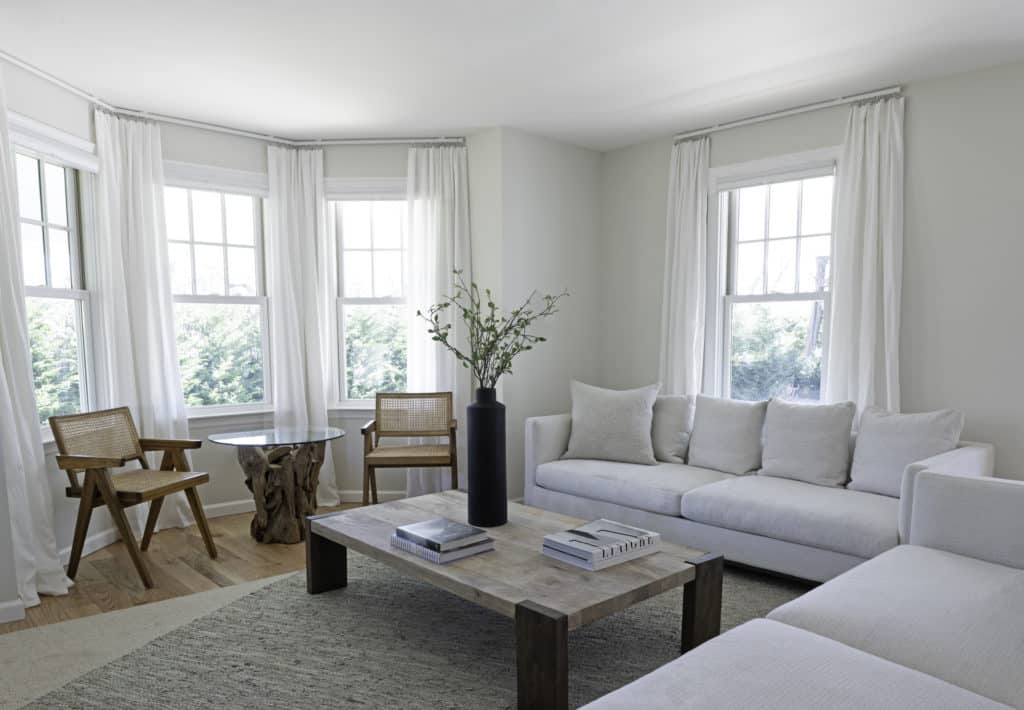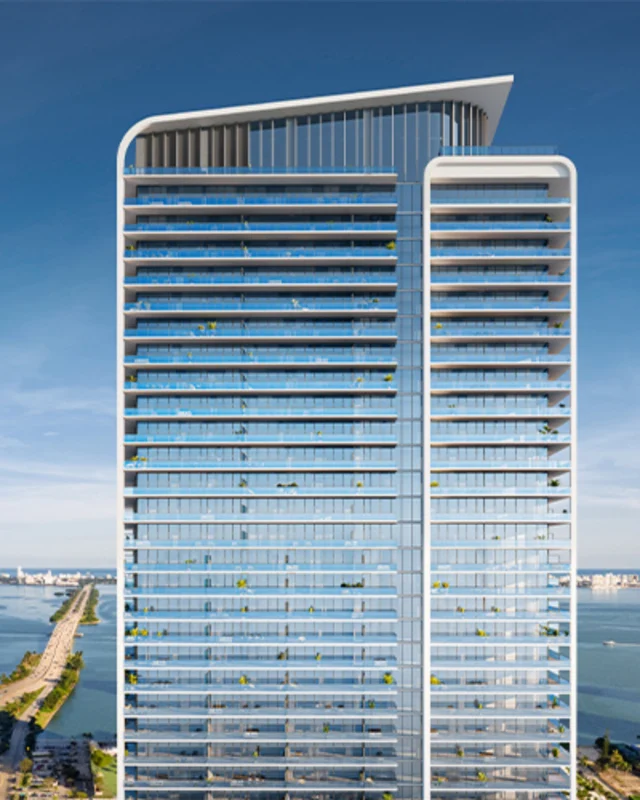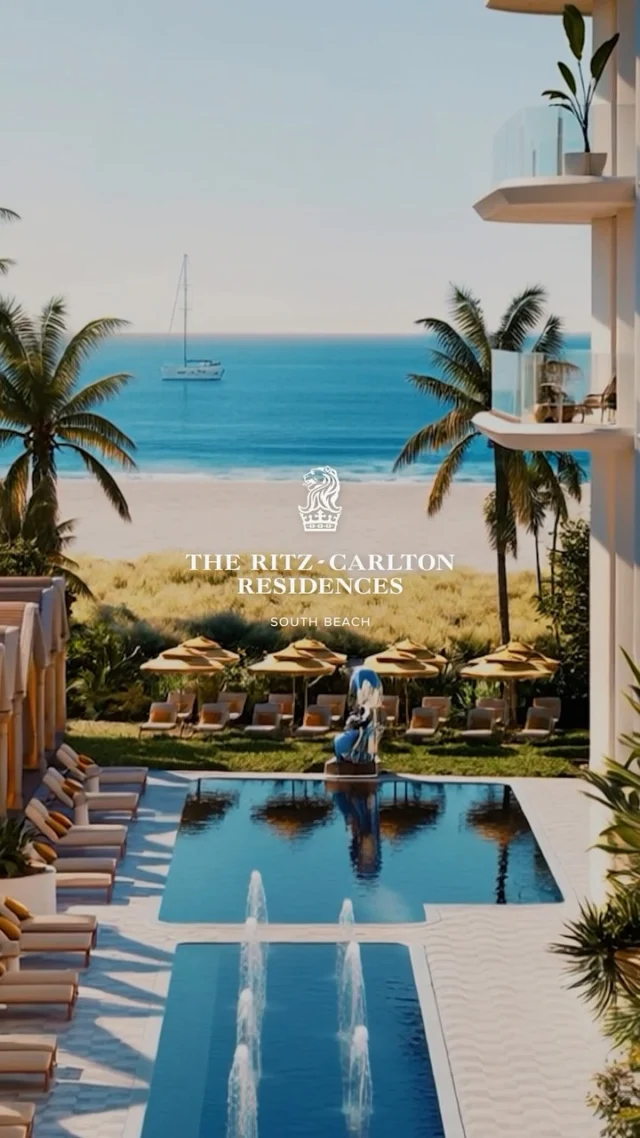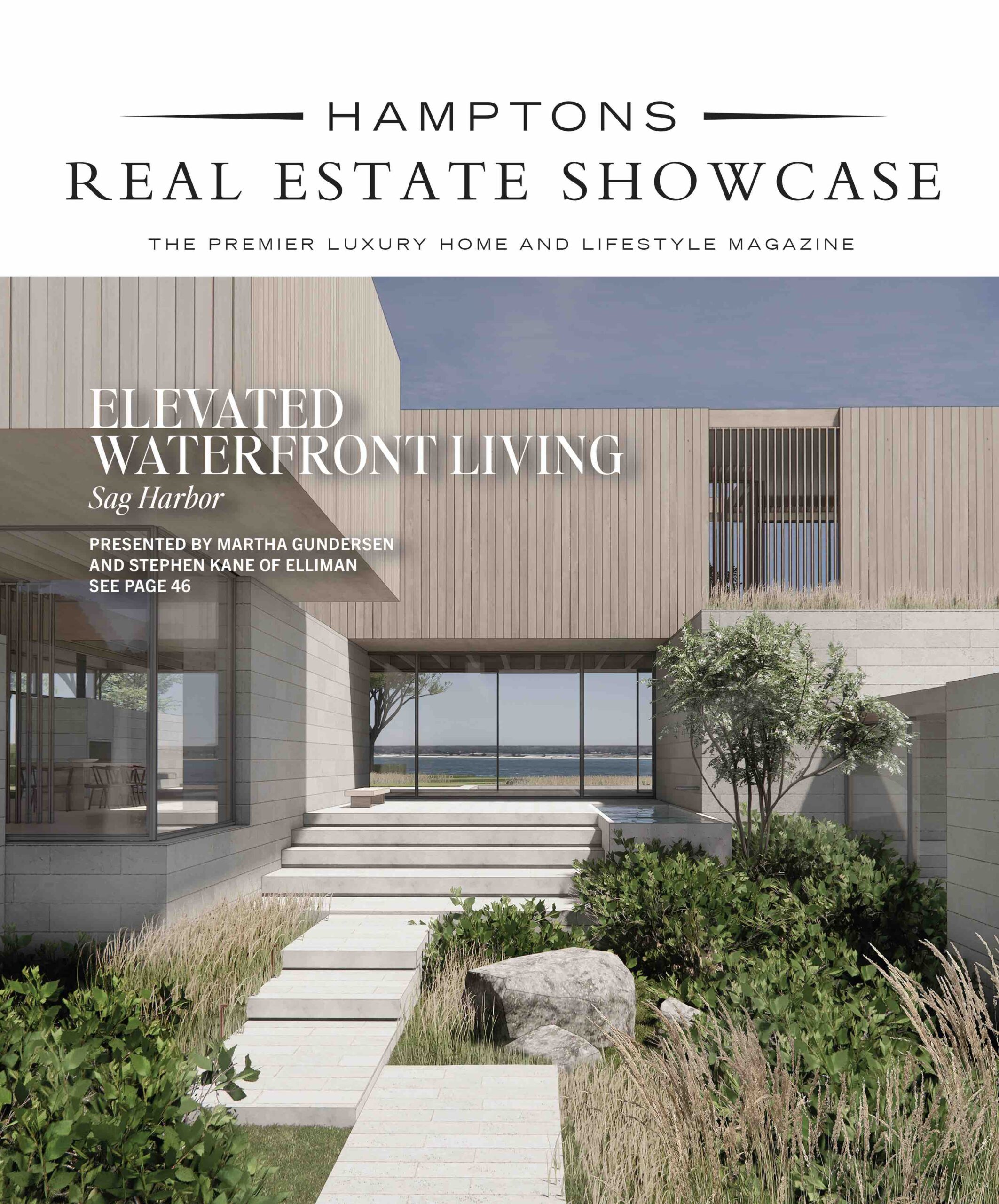While we’ve all been quarantined due to COVID-19, news is coming out that pollution is clearing up and animals are coming out of hiding.
This unexpected silver lining in the crisis, plus the urge to get outside and enjoy the warmer weather, has many thinking a little more about the environment these days.
The road to sustainability can actually start right in our homes, with eco-friendly interior design and energy-saving techniques. These trends are particularly popular on the East End, where Hamptonites strive to protect their beautiful enclave in the sea.
For those who are wondering how to make their homes as green as they can be, we asked local pros for tips to bring sustainability into home design.
Sustainable practices
Two quick ways to reduce your home’s energy consumption are with LED lightbulbs and smart thermostats, such as the Nest. Smart thermostats adjust your home’s heating and cooling based on when you are or aren’t at home, and even the local weather. They can also be controlled via a smartphone or other electronic device, so you can adjust your heat and AC without having to be physically at the thermostat.
Solar shades make a big difference too, says Jessica Lufrano, an interior designer with Interior Marketing Group (IMG), a New York City-based design firm with several projects in the Hamptons, including the 2020 Hamptons Holiday House. “They’re either going to lock the heat in during the cooler months or keep it out in the summer,” she explains. Added bonus: “A lot of them have UV protection so they block rays from coming in and wearing away at the finishes of your furniture.”
Speaking of furniture, natural bedding has been particularly popular lately, Lufrano observes. She recommends the brand Avocado Green Mattresses, for example, which produces organic mattresses, pillows and sheets, while touting sustainable ethical business practices.
In terms of wood, Hamptons interior designer Melanie Roy prefers bamboo, which can be used for flooring, furniture, and wall coverings. Bamboo is actually a type of rapidly-growing grass, making it a renewable and plentiful resource.
Interior decor
Your eco-friendly decor can go far beyond bedding.
One sustainable material designers covet is linen. “Not only is it light and airy for summer in the Hamptons, but it’s also sustainable because it’s made from flax and able to grow in terrain that is typically unusable for crops,” Lufrano explains.Another is cotton, a lightweight and breathable option for bath towels and bedding that is also plant-based and biodegradable.
And third, wool. “We use wool throw blankets, accent pillows and area rugs in our Hamptons home designs because of its look and feel, as well as its durability,” Lufrano explains.
These sustainable materials actually fit right in with a popular design theme on the East End, the neutral palette, by creating texture. Throw in some pretty, air-purifying houseplants, like snake and aloe plants or dragon and ficus trees, and your home will be both tastefully-designed and friendly to the environment.
Out in the yard
Looking to make your yard a little more eco-friendly, too?
At her house in Sag Harbor, Hamptons designer Tamara Fraser wanted a method to keep destructive bugs out of her raised garden bed without spraying pesticides that could be harmful to her children. The solution? Ladybugs. The pretty critters eat aphids, mealybugs and other destructive pests, and produce hungry offspring to continue their work.
Fraser’s husband ordered a package of ladybugs and a “little plastic house” for them to live in online. “The kids go out to the garden every day to see the ladybugs,” she says. Her family was so intrigued by the insects that they bought praying mantis next, which she notes are especially fascinating to watch “because some of them grow and they sit on top of the fence and preen themselves.” They also built a beehive at a safe distance away from the garden.
And since it wouldn’t be summer in the Hamptons without a mosquito problem, Fraser’s family added a bat house to a tall tree in their yard. “My husband built it out of plywood and 2x4s and there were a bunch living out there [last summer] and they’d come out at dusk and fly around eating the mosquitoes,” she says.
If you’re looking for sustainability updates that don’t involve things that crawl and fly, simply opting for greener deck furnishings can do your part to help the environment, Roy adds.
“Many textile companies are creating durable, beautiful sustainable fabrics for the outdoors which can be used for pillows, sofa, lounge and chair cushions,” she says. Renaissance by Sunbrella, for example, is an outdoor fabric line that is created using leftover threads and yarns that are cut off new fabrics when they are made.

















![Experience luxury, privacy, and resort-style living at this exceptional Shelter Island compound 🌳 139 N Ferry Road is a hidden gem featuring a custom-built main house, a gunite pool, radiant heat throughout, and a 1 bedroom guest apartment, all tucked away on 1.1± secluded acres.
Saturday, July 12th | 10am-12pm
Contact @annmarieseddio of @atlassalesrealty for more details. We hope to see you there! [link in bio]](https://hamptonsrealestateshowcase.com/wp-content/uploads/sb-instagram-feed-images/517355052_18521041705030135_8404531768775791793_nfull.webp)


![When clients bring bold ideas to the table, magic can happen. In Sag Harbor, interior designer Jessica Gersten crafted a light-filled, seven-bedroom home layered with sculptural details, playful textures, and statement pieces, including a forged-iron swing and a custom light fixture that anchors the double-height stairwell. The result is a space that feels as bold as it is livable. [link in bio]](https://hamptonsrealestateshowcase.com/wp-content/uploads/sb-instagram-feed-images/516636957_18520674460030135_5909864759900962270_nfull.webp)


